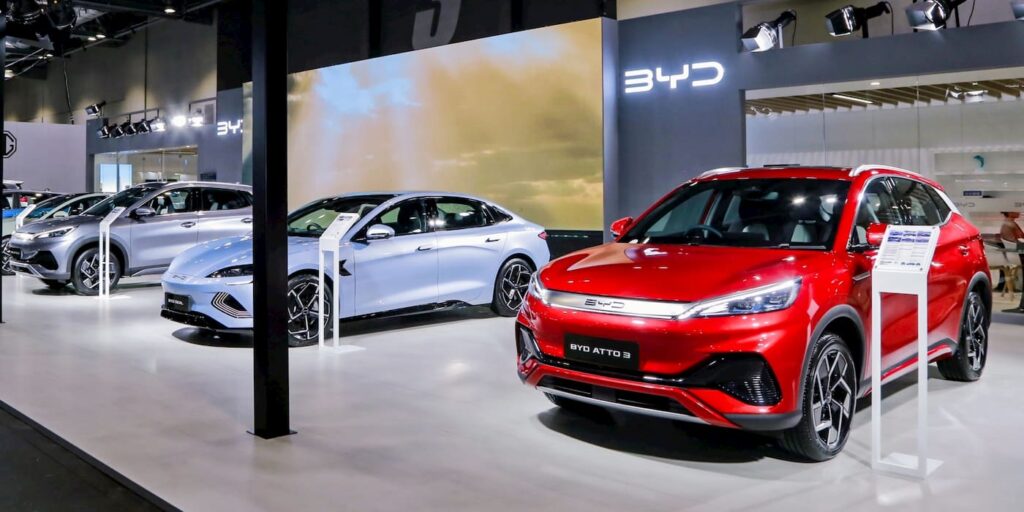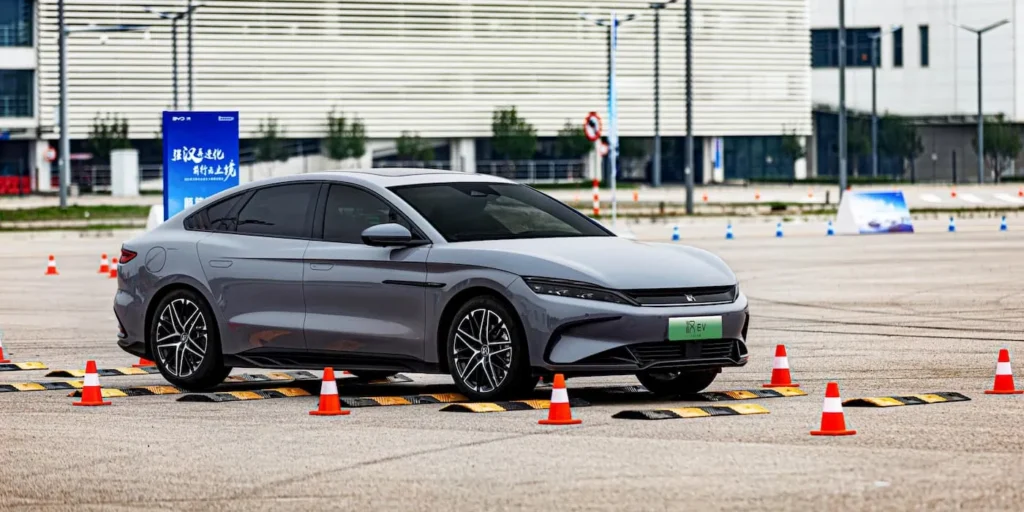The 21700 cylindrical lithium-ion battery cell, named for its 21mm diameter and 70mm length, has become a cornerstone in modern energy storage, powering everything from electric vehicles (EVs) to portable electronics. As demand grows, manufacturers offer varied models targeting different market segments: economical and premium. This article explores the distinctions between these two categories, focusing on performance, cost, and applications.
Economical 21700 Cells: Cost-Effective Energy Solutions
Target Audience: Budget-conscious industries, entry-level EVs, and consumer electronics.
Materials & Chemistry:
Economical models often use Lithium Iron Phosphate (LFP) or older Nickel Manganese Cobalt (NMC) formulations. LFP excels in thermal stability and longevity but offers lower energy density (~150–180 Wh/kg).
Performance:
Energy Density: Moderate, prioritizing safety and cost over high capacity.
Cycle Life: 500–800 cycles (to 80% capacity).
Safety: Robust due to stable chemistries; fewer advanced safety mechanisms.
Cost: ~100–100–150 per kWh, making them ideal for mass-market applications.
Applications: Entry-level EVs, solar energy storage, power tools, and consumer gadgets.
Manufacturers: EVE Energy, Lishen, and other Chinese producers dominate this segment.
Premium 21700 Cells: High Performance for Demanding Needs
Target Audience: High-end EVs, aerospace, and precision medical devices.
Materials & Chemistry:
Premium cells utilize Nickel Cobalt Aluminum (NCA) or advanced NMC blends, sometimes incorporating silicon-doped anodes or solid-state electrolytes for enhanced energy density (250–300 Wh/kg).
Performance:
Energy Density: Up to 30% higher than economical models.
Cycle Life: 1,200–1,500 cycles (to 80% capacity).
Safety: Multi-layered protections (e.g., ceramic separators, smart BMS integration).
Cost: ~200–200–250 per kWh, justified by superior performance.
Applications: Luxury EVs (e.g., Tesla Model 3), drones, and high-drain devices.
Manufacturers: Panasonic, Samsung SDI, and LG Energy Solution lead this tier.
Head-to-Head Comparison
Factor Economical Models Premium Models
Energy Density 150–180 Wh/kg 250–300 Wh/kg
Cycle Life 500–800 cycles 1,200–1,500 cycles
Cost 100–100–150/kWh 200–200–250/kWh
Safety Features Basic protections Advanced thermal management
Typical Use Cases Budget EVs, energy storage High-end EVs, aerospace
Choosing Between Economical and Premium Models
Prioritize Cost vs. Longevity: Economical cells reduce upfront expenses, while premium models offer better ROI over time due to extended lifespan.
Application Requirements: High-energy needs (e.g., EVs requiring long range) justify premium investments. For stationary storage, economical cells may suffice.
Environmental Factors: Premium cells often incorporate recyclable materials and efficient manufacturing processes, aligning with sustainability goals.
Future Trends
Economical Segment: Adoption of LFP is rising due to its cost-effectiveness and improved energy density.
Premium Segment: Innovations like solid-state electrolytes and silicon anodes aim to push energy densities beyond 350 Wh/kg.
Market Shift: As technology matures, features once exclusive to premium models may trickle down to economical tiers.

